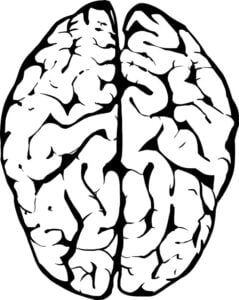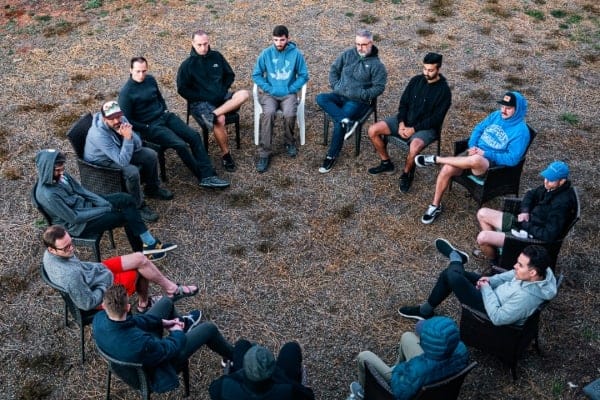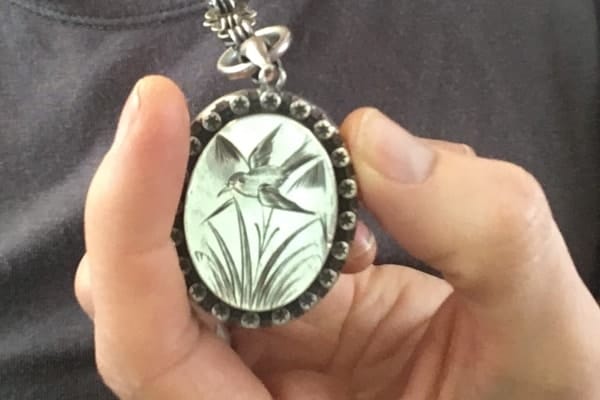Not all seizures are the same
We rely on our brains, but how much do we know about them and their inner workings? Seeing your own brain when a doctor illuminates an X-ray is not an experience one may ever forget, especially if the doctor points to it.
“See this,” he said, pointing to my own brain, which looked like any other picture of a brain that I’d ever seen, but it was mine. I was looking at my brain. My head felt heavy with it. “The two halves of the brain should be mirror images of one another,” the doctor said. I will admit that, until then, I did not know that. “Your brain,” he said. “has extra lines on this side.” He pointed to them. I could see them. Then he told me I have temporal lobe epilepsy. I remember him saying, “you were probably born with it.” I remember the look on my mother’s face when I told her. “Was it something I did while I was pregnant with you?” she asked. I assured her it wasn’t.
 All of that was almost 20 years ago now. The brain’s lobes, and learning about them and their functions, have been particularly interesting to me these past 20 years. My seizures are in my temporal lobe. There are three additional lobes in each side (or each hemisphere) of the brain. These include the frontal, occipital and partiallobe. Each lobe is responsible for something that you do. My seizures, which I, and those around me, did not immediately recognize as seizures, include only me spacing out, stopping what I’m saying, and staring off in the distance. My seizures only last a few minutes. My seizures have been misinterpreted as my being high or drunk, which is ironic since I can’t drink and I have to be careful of even cold medication. People have, when they’ve seen me have seizures, called 911. This has happened while I’m walking my dog, getting coffee, buying dog booties and even on the road. (I don’t have a license anymore.)
All of that was almost 20 years ago now. The brain’s lobes, and learning about them and their functions, have been particularly interesting to me these past 20 years. My seizures are in my temporal lobe. There are three additional lobes in each side (or each hemisphere) of the brain. These include the frontal, occipital and partiallobe. Each lobe is responsible for something that you do. My seizures, which I, and those around me, did not immediately recognize as seizures, include only me spacing out, stopping what I’m saying, and staring off in the distance. My seizures only last a few minutes. My seizures have been misinterpreted as my being high or drunk, which is ironic since I can’t drink and I have to be careful of even cold medication. People have, when they’ve seen me have seizures, called 911. This has happened while I’m walking my dog, getting coffee, buying dog booties and even on the road. (I don’t have a license anymore.)
There are many types of seizures. If you, or a loved one is diagnosed with epilepsy, you will face a lot of misunderstanding (from yourself and others) and a lack of support—there are very few services for those who are diagnosed with epilepsy, even though it’s the brain, which controls soooo much. Even today, when I hear a sound, I’ve been known to say, “does anyone else hear that?” If I look out the window, those around me call my name because they think I’m having a seizure. I swallow a lot of pills every morning and evening. I, in my mid-40s, have a pill case that, until I bought it, I’d only ever seen at my grandparents’ house. My children and husband have seen seizures, the tiredness that comes afterward and the mood changes. My parents have worried about me. I have been lucky to live a long life before my adult onset-seizures—I travelled and I went to university, all of which may have been hampered by diagnosis and all that comes with it. I’m lucky that doctors can look at my brain and see that I have seizures. Not everyone with seizures is so lucky. I’m lucky that I don’t have seizures that last hours and I have not had multiple, unhelpful surgeries. I try to get eight hours of sleep, and eat and drink enough. I’ve changed my lifestyle. I’ve pointed to my medical alert bracelet when all else fails. I text my husband when I leave the house and when I return because I want there to be some record of where I went in case I go missing. It’s hard and it is an uphill battle. Just when I am feeling better about it all, I may have a seizure that makes me very aware again of the brain in my head and everything it controls.




